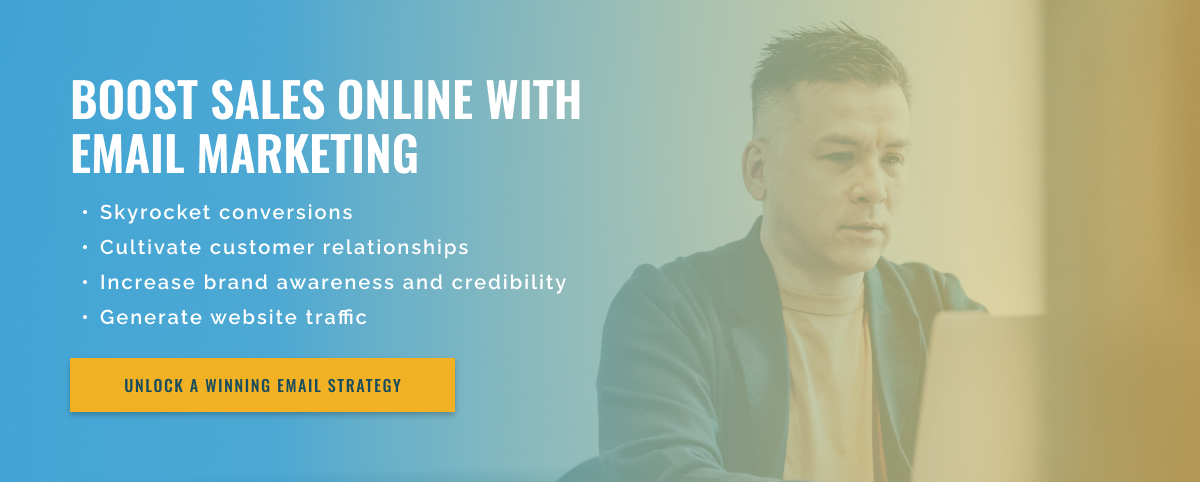3.5 minute read
Strategies for Email Timing and Frequency
Email marketing has been a basic strategy for companies to establish contact with the target group for years. However, with the rise of spam and the overwhelming number of emails we receive every day, it has become extremely important for businesses to optimize the timing and frequency of email sending to maximize engagement. In this blog, we discuss some strategies that can help you achieve this goal.
1. Know your audience: The first step to optimizing your email messages is to understand your audience. Knowing their preferences, demographics, and behavior patterns can help you determine the best time and frequency to send emails. For example, if your target audience is working professionals, it would be wise to send emails during their lunch break or in the evening, when they are more likely to check their email.
2. Conduct A/B testing: A/B testing is a popular method for determining the most effective times and frequencies to send emails. It involves sending two versions of an email to a small group and analyzing which version produces better results. You can test variables like day of the week, time of day, and email frequency to determine the optimal combination for your audience.
3. Use data and analytics: Data and analytics should be your best friend in email marketing. Use it to understand open rates, click-through rates, and conversions. This information can help you determine when your audience is most active and how often they respond to your emails. With this data, you can adjust the timing and frequency accordingly to maximize engagement.
4. Email personalization is key to achieving engagement: Use your customer’s name, location, and other relevant information to make your emails more personal and relevant to them. Personalization also includes the timing and frequency of sending emails. Sending emails to celebrate birthdays or anniversaries can create a stronger bond with your audience and increase engagement.
5. Stay Consistent: Consistency is key in email marketing. Not only does this help build trust with your audience, but it also helps them remember when to expect your emails. Choose a regular day and time to send your emails and stick to it. Avoid bombarding your subscribers with emails as this can lead to unsubscribes and decreased engagement.
In short, optimizing your email sending time and frequency is an ongoing process that requires constant monitoring, data analysis, and experimentation.

